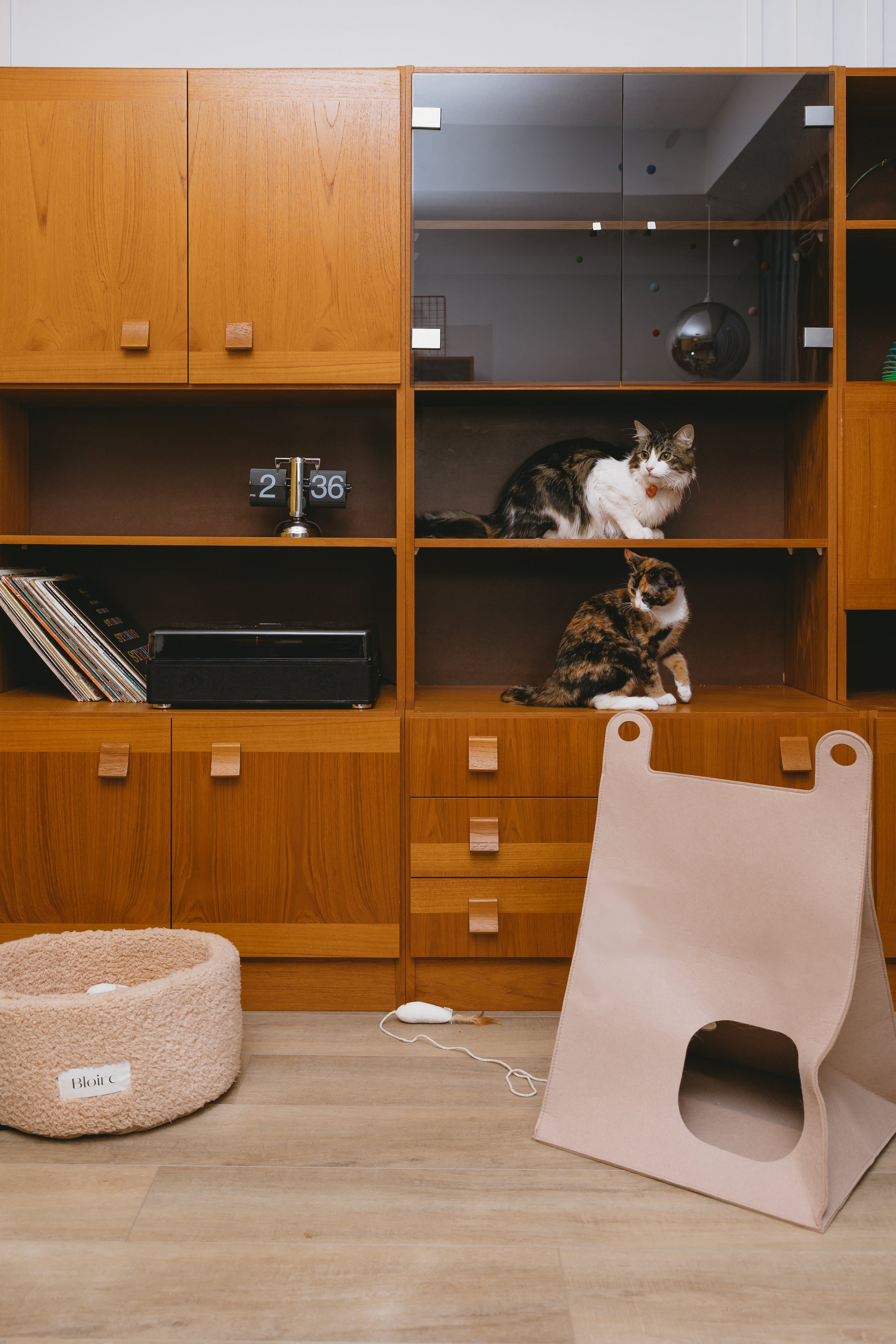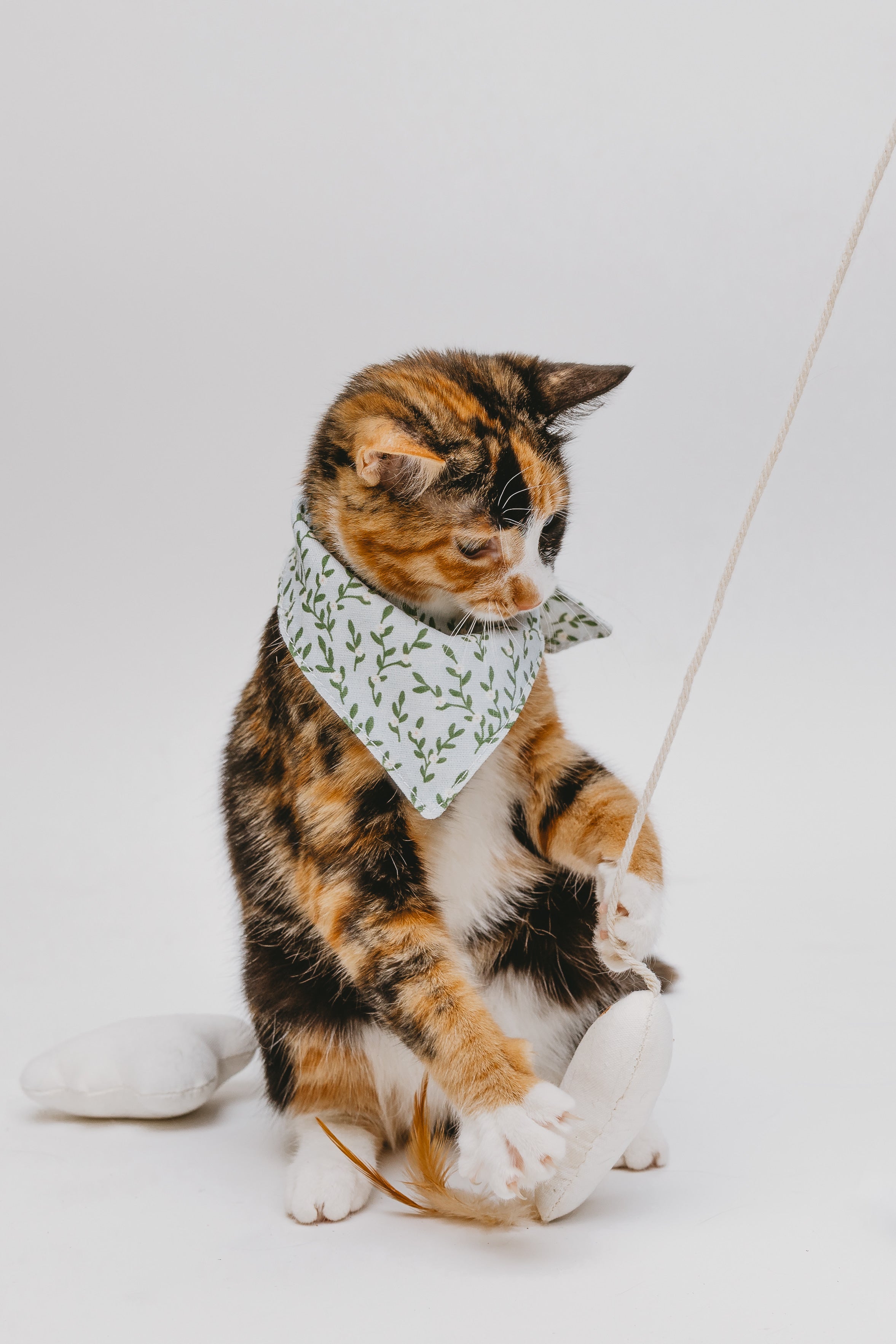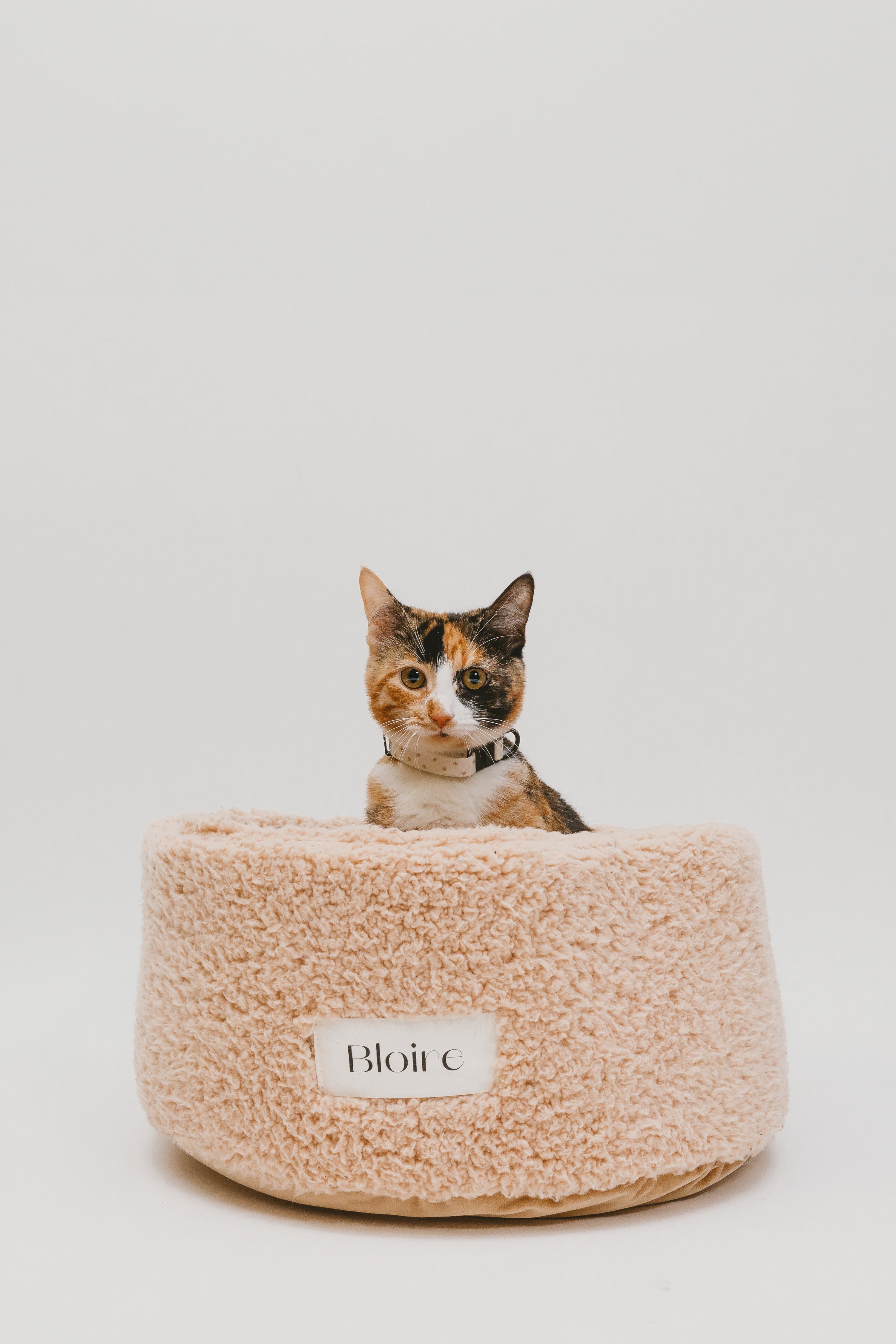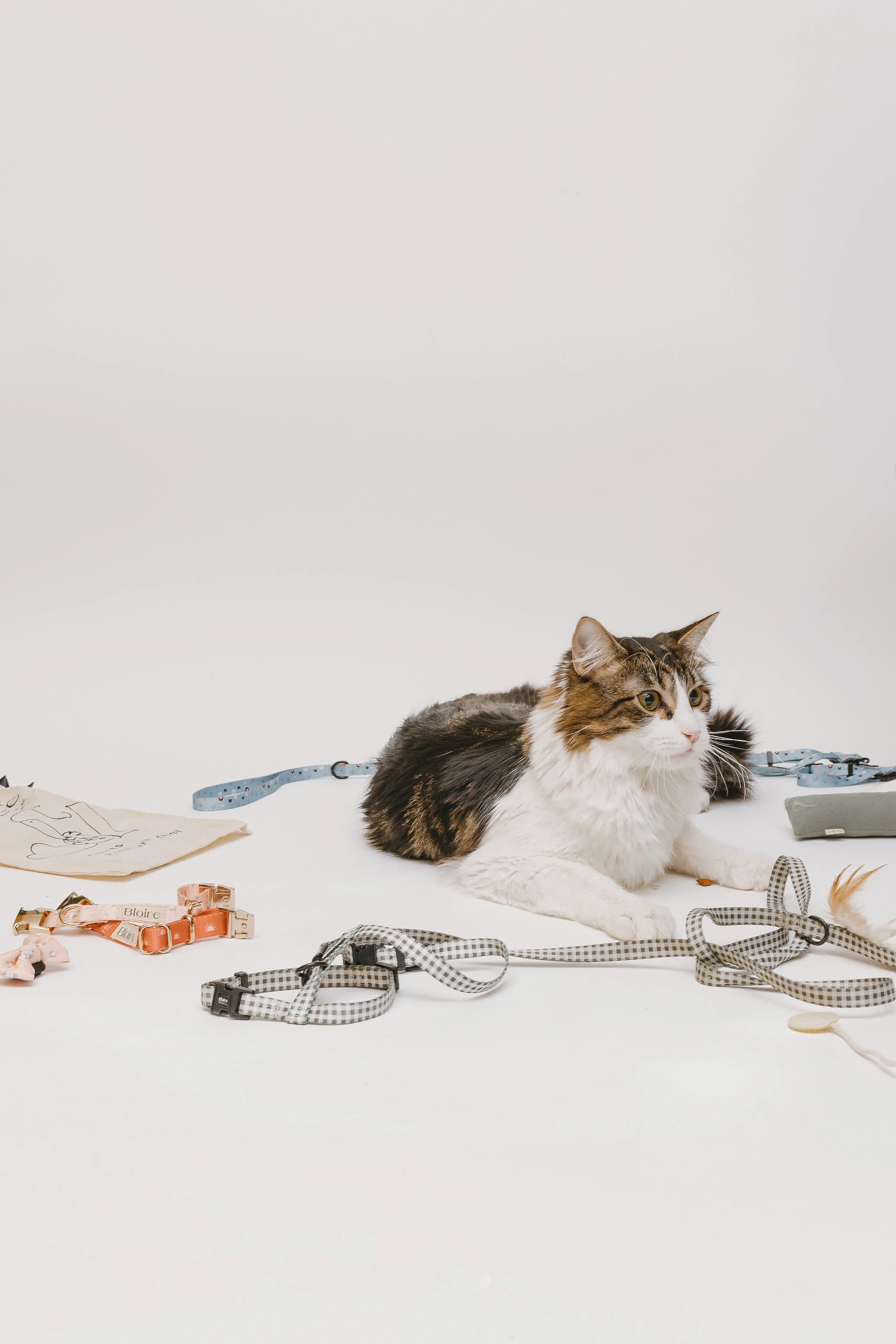Why Compost Ecocat Litter?
Traditional cat litters—like those made from clay or silica—sit in landfills for years without breaking down, contributing to environmental waste. Ecocat Litter, however, is crafted from natural, biodegradable materials that decompose naturally. By composting it, you reduce your household’s carbon footprint and create a free, organic fertilizer for non-edible plants like flowers, shrubs, or ornamental trees. It’s a win for your garden and the planet!
Before You Begin: Key Considerations
Composting cat litter isn’t quite as simple as tossing kitchen scraps into a bin. Here are a few things to keep in mind:
-
Use Only Biodegradable Litter: Ecocat Litter is perfect for composting because it’s plant-based and free of synthetic additives. Clay, silica, or chemically treated litters won’t break down and should never be composted.
-
Safety First: Cat feces can carry pathogens like Toxoplasma gondii, a parasite that’s especially risky for pregnant individuals or those with weakened immune systems.
-
Garden Use: Compost containing cat litter should only be used on ornamental plants—not edible crops—to avoid any potential health risks.
What You’ll Need
-
Biodegradable Litter (used)
-
A compost bin or pile (at least 1 cubic meter for proper aeration)
-
Carbon-rich “brown” materials (e.g., dry leaves, straw, or sawdust)
-
Nitrogen-rich “green” materials (e.g., grass clippings or food scraps)
-
A shovel or pitchfork for turning
-
Optional: A compost thermometer to monitor temperature

Step-by-Step Guide to Composting your Litter
Follow these steps to turn your used Litter into garden gold:
-
Set Up Your Compost Area
Choose a spot in your yard away from vegetable gardens or water sources. If you’re using a bin, ensure it’s large enough to turn the contents (a tumbler works great, too). For apartment dwellers, a small enclosed bin or the Bokashi method (an anaerobic composting technique) might be ideal—check local resources for setup tips. -
Remove Solid Waste
Scoop out cat feces from the used Litter and dispose of it in a biodegradable bag in the trash. This reduces the risk of pathogens in your compost. The remaining urine-soaked litter is safe to compost and adds valuable nitrogen. -
Layer Your Materials
Start with a base layer of brown materials (about 2-4 inches) to absorb moisture and provide carbon. Add a layer of used Litter, then top it with green materials for nitrogen. Repeat this layering process, aiming for a carbon-to-nitrogen ratio of about 30:1. Ecocat Litter acts as a carbon-rich “brown” component, so balance it with enough greens. -
Turn and Monitor
Every few weeks, turn the pile with a shovel to introduce oxygen, which speeds up decomposition. Keep the compost moist (like a wrung-out sponge) but not soggy. If you have a thermometer, aim for a temperature of 145°F (63°C) or higher for several days to kill off any lingering pathogens—though most home piles won’t reach this consistently without a hot composting setup. -
Let It Cure
Patience is key! Allow the compost to break down for 6-12 months. With Ecocat Litter’s natural composition, it’ll decompose faster than many materials, but the curing time ensures safety. The finished compost should be dark, crumbly, and earthy-smelling. -
Use It Wisely
Spread your finished compost around ornamental plants, flower beds, or shrubs. Avoid using it on vegetables, fruits, or herbs to stay on the safe side.
Pro Tips for Success
-
Boost Decomposition: Mix in some garden soil or finished compost to introduce helpful microbes.
-
Odor Control: Ecocat Litter’s natural absorbency helps, but adding extra brown materials can keep smells at bay.
-
Hot Composting Option: For faster results and added pathogen protection, consider a hot composting bin that maintains higher temperatures (40-60°C). This can cut the process down to 3-6 months.
Why Ecocat Litter Makes Composting Easy
Unlike clay or silica litters, Ecocat Litter is made from sustainable, plant-based ingredients that break down naturally. It’s free of artificial fragrances and chemicals, so you won’t introduce harmful substances into your compost.
Final Thoughts
Composting your Litter is a simple, rewarding way to reduce waste and give back to the earth—all while keeping your cat’s litter box eco-friendly. By following these steps, you’ll turn what was once trash into a resource for your garden. Ready to make a difference? Stock up on Ecocat Litter and start composting today—your plants (and the planet) will thank you!






